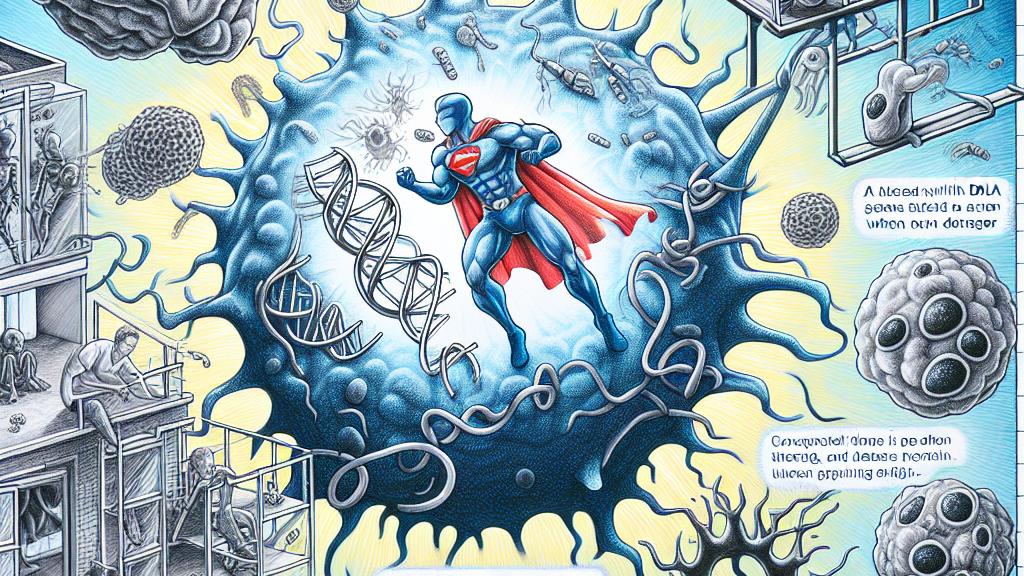Understanding 53BP1 and Its Role in DNA Repair
Overview
- 53BP1 is a pivotal protein crucial for detecting and repairing DNA damage.
- Concerns have arisen regarding the integrity of certain research data on 53BP1.
- Gaining insights into DNA repair mechanisms can illuminate the links to neurodegenerative diseases.

Unveiling the Importance of 53BP1 in DNA Repair
In the fascinating and complex world of cells, the protein 53BP1 emerges as a vital player in safeguarding our DNA. Think of it as a superhero that leaps into action when damage occurs, particularly when DNA is marked with the H2A Lys 15 ubiquitin tag. This process is essential because, without 53BP1's prompt intervention, serious consequences could unfold, ranging from cancer development to the onset of neurodegenerative diseases. For instance, consider patients with Alzheimer’s—when the efficiency of 53BP1 diminishes, the likelihood of accumulating DNA damage increases, which can significantly contribute to cognitive decline. By studying 53BP1, scientists are not just exploring a protein; they’re unraveling a lifeline that connects our genetic health to overall well-being.
Exploring Concerns Over Research Validity
However, the path of scientific discovery is occasionally rocky, and recent editorial concerns have been raised about data validity in studies examining 53BP1. An editorial expression of concern surfaced, highlighting that some flow cytometry plots appeared to exhibit suspicious repetitive data patterns, suggesting potential discrepancies. These concerns remind us of the paramount importance of credibility in scientific research. While the researchers maintain that these issues do not alter the fundamental conclusions of their work, it emphasizes a crucial point: every piece of data needs to withstand scrutiny. In the quest for knowledge, maintaining transparency is non-negotiable, fostering a culture where trust thrives, and scientific progress continues unimpeded.
Linking DNA Repair to Neurodegenerative Diseases
Delving deeper into the implications of DNA repair through the lens of neurodegenerative diseases paints a vivid and alarming picture. Take Alzheimer’s and Parkinson’s, for instance—both are plagued by the insidious accumulation of DNA damage. Free radicals, produced during oxidative stress, present a significant threat, leading to various types of DNA lesions that neurons struggle to repair. When the mechanisms that protect our DNA, such as 53BP1, falter, neurons face an uphill battle that could culminate in irreversible damage and cell death. This connection brings to light the hope that enhancing 53BP1 activity could prove transformative. Imagine therapies that not only slow the progression of these diseases but also restore cognitive functions. By unlocking the secrets of DNA repair, we hold the potential to revolutionize the treatment landscape for millions suffering from debilitating neurological conditions.

Loading...